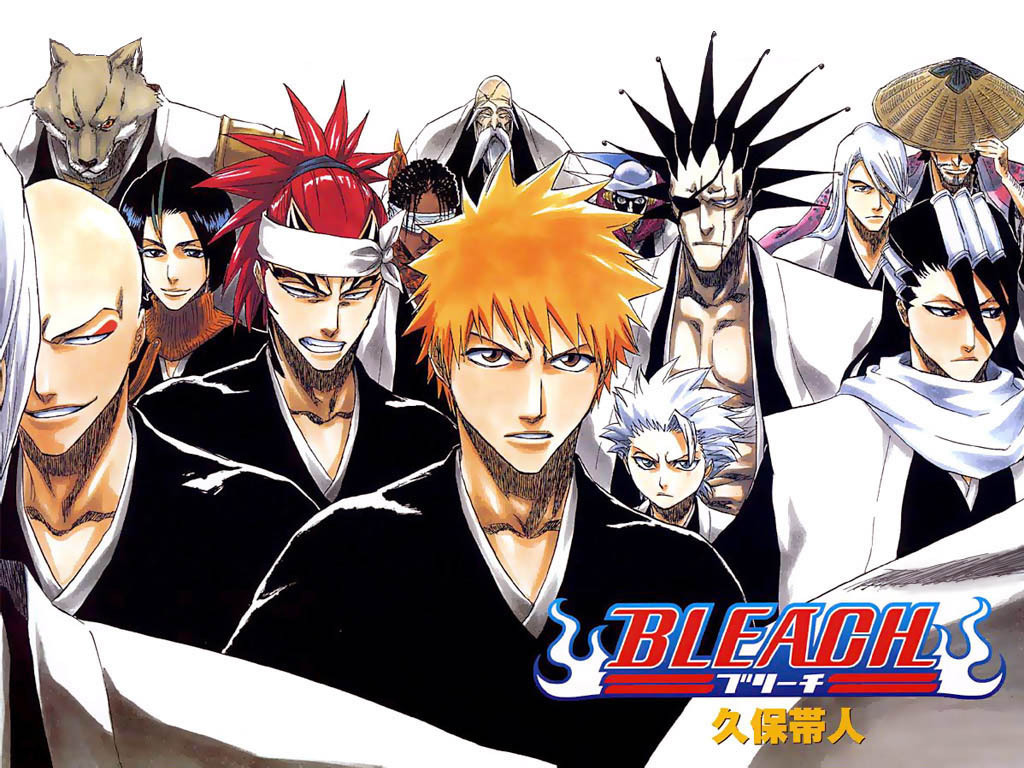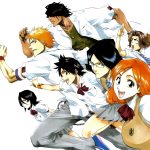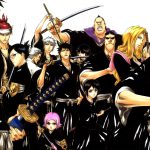Bleach began its anime run in 2004 and continued airing until 2012. The anime produced by Studio Pierrot was based on the manga of the same title written by Kubo Tite for the popular Weekly Shounen Jump. The series saw a huge jump in popularity during its early days securing its spot among the 3 main series of Weekly Shounen Jump alongside both Naruto and One Piece. Despite its initial success and popularity, Bleach is an example of a long running series that couldn’t sustain its quality. As time passed, the 366 episode series generally degraded in quality save for a few good moments and a handful of great characters.
Bleach follows Ichigo Kurosaki, a high school student who can see ghosts. Following an encounter with a Shinigami named Rukia Kuchiki, Ichigo receives the power of a Shinigami as well allowing him to fight against beings known as Hollows that feed on the souls of others. Having inadvertently taken all of Rukia’s power, Ichigo takes on the responsibility of fighting the Hollow that appear in his home Karakura Town.
The best days of Bleach were undoubtedly during its first major storyline which had Ichigo and his friends, Uryuu Ishida, Inoue Orihime, and Sado Yasutora infiltrating Soul Society, the origin of the Shinigami in an attempt to rescue Rukia who had been sentenced to death for giving Ichigo his Shinigami powers without permission. It was during this arc, the Soul Society arc that Bleach really showed the potential to be great.
Despite its large cast, the characters that were introduced during the arc were all allowed their own moments to shine. The system of power that was used in Bleach, the Zanpakuto, allowed each new character to show some level of uniqueness that instantly set them apart from other characters. Because of this, even if Ichigo had gone against almost every major player in Soul Society, each of these characters left a lasting impression. Besides this, the Zanpakuto added variation to each fight that Ichigo and his companions had to face. Due to the different properties of each sword when released, the battles of Soul Society arc had some sort of freshness to them making not just the character but also the battle unique.
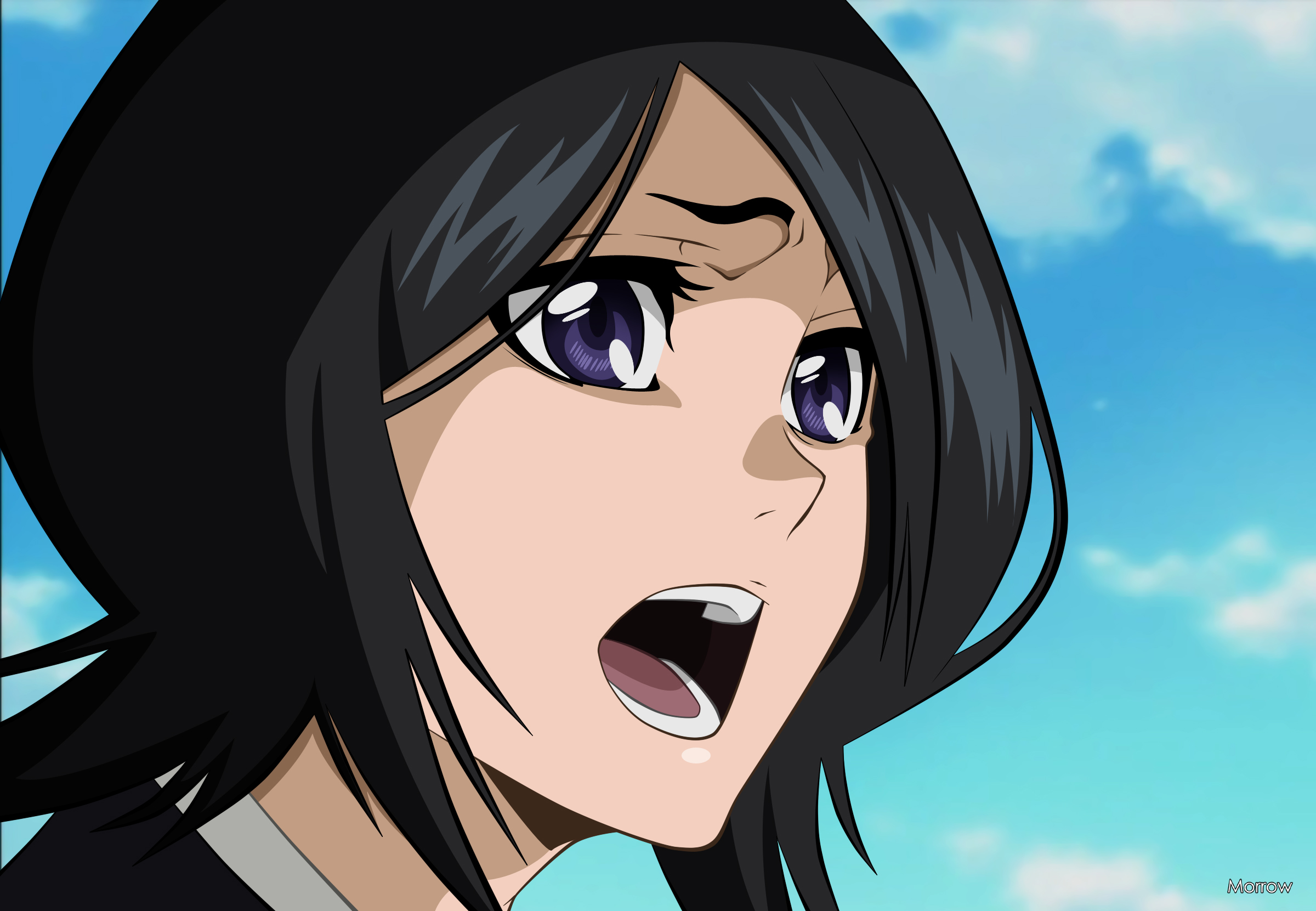
Ichigo’s own Shinigami powers were also explored thoroughly in this arc as opposed to latter arcs which basically had him powering up randomly. Instead of giving him an overpowered weapon in the beginning, Bleach showed how Ichigo had to struggle to understand how to use his Zanpakuto. This added another level of depth to his character and his qualities.
The problem of Bleach starts after this well written arc. Beyond Soul Society, the power creep of Bleach just doesn’t make sense. During the Soul Society arc, we are introduced to levels of Captain and Vice Captain which makes up the hierarchy of Soul Society. This clear structure of power is blatantly disregarded however in the fan favorite Hitsugaya Toshiro who is constantly seen as a supporting character following the arc. Despite his Captain status, he is constantly getting beaten in a fight with little to no effort. Aside from this, Ichigo himself seems to have unexplained power boosts. The epitome of disregard for power however is seen in Ichigo’s bankai, Tensa Zangetsu. When it is first introduced, the concept of his bankai is explained as being a high level of energy compression that essentially gives Ichigo an extreme boost in speed. However, right after the debut of his bankai, Ichigo’s speed in this form is completely disregarded by everyone. In all his future fights, there is no mention of his speed increasing. The focus becomes how single attack, Getsuga Tenshou, which turns black in color. Eventually, fights get settled by random occurrences that have no previous set up simply because the power creep is a complete mess.
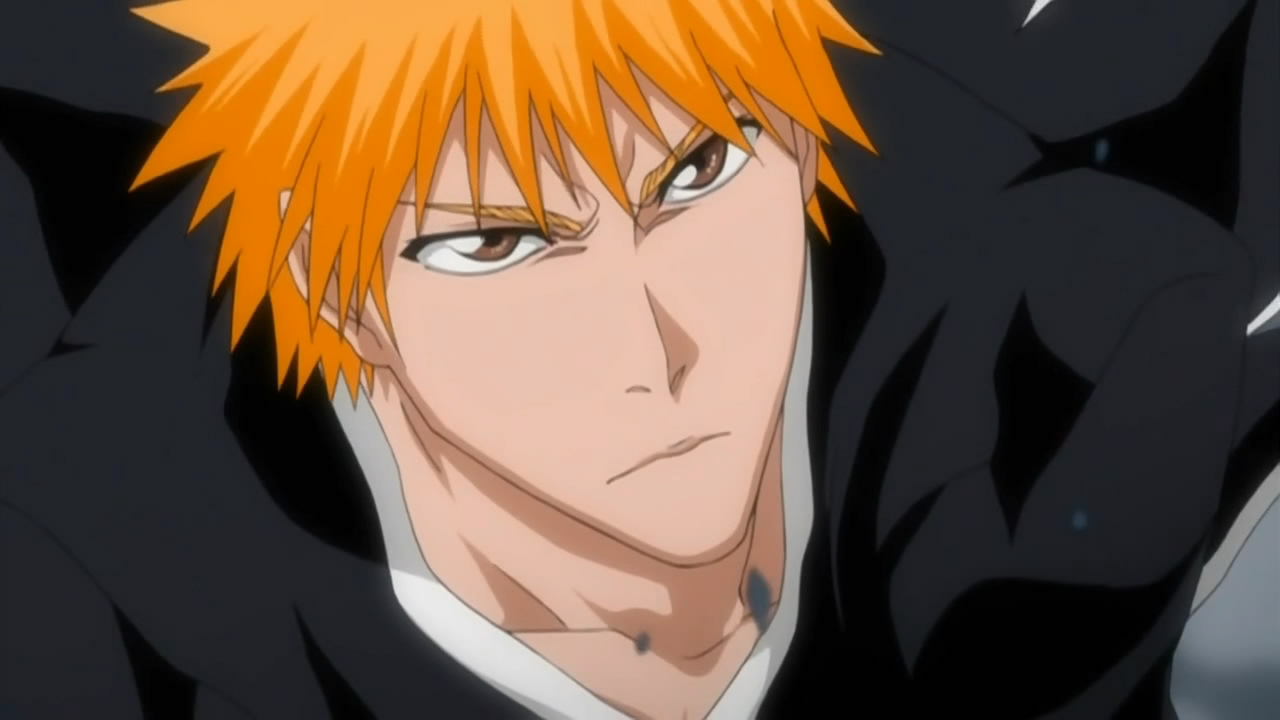
The story in turn also becomes a mess following the Soul Society arc when the anime releases its first filler – the Bount arc. The problem here was that both the characters and the story felt uninspired. Ichigo in particular seemed to have no room for growth. It was at this point that the series began going on its downhill ride that lasted for more than 200 episodes.
While the series did see some good moments later on during the arc that featured both Grimmjow Jaegerjaquez and Ulquiorra Schiffer, not much else was really offered. Bleach never really could recover from the mess that it had made with its hierarchy of power and the general state of Ichigo who didn’t really develop much after earlier episodes.
Despite it’s failure to recover however, the early days of Bleach were truly amazing making it a gem among shounen anime. The mere fact that it had run so long despite its negatives is a testament to how great it once was. If anything, the Soul Society arc deserves all the praise and attention that Bleach previously had.
